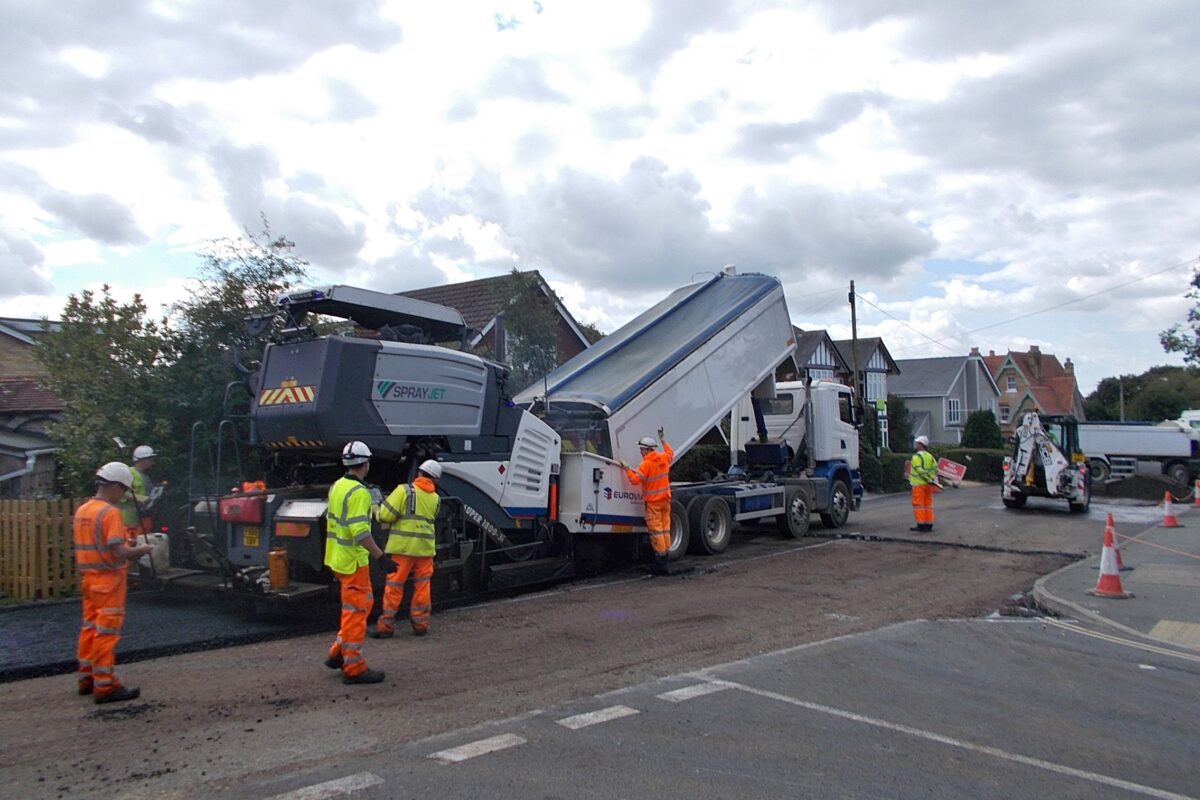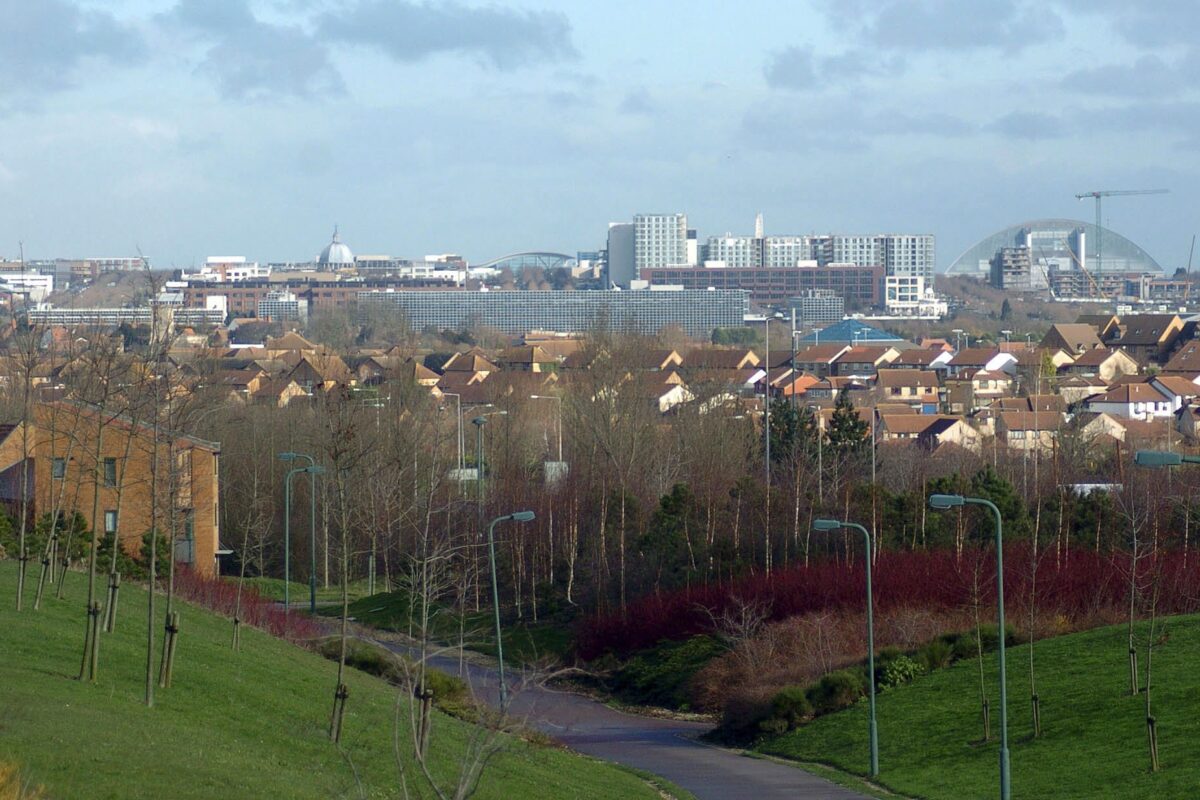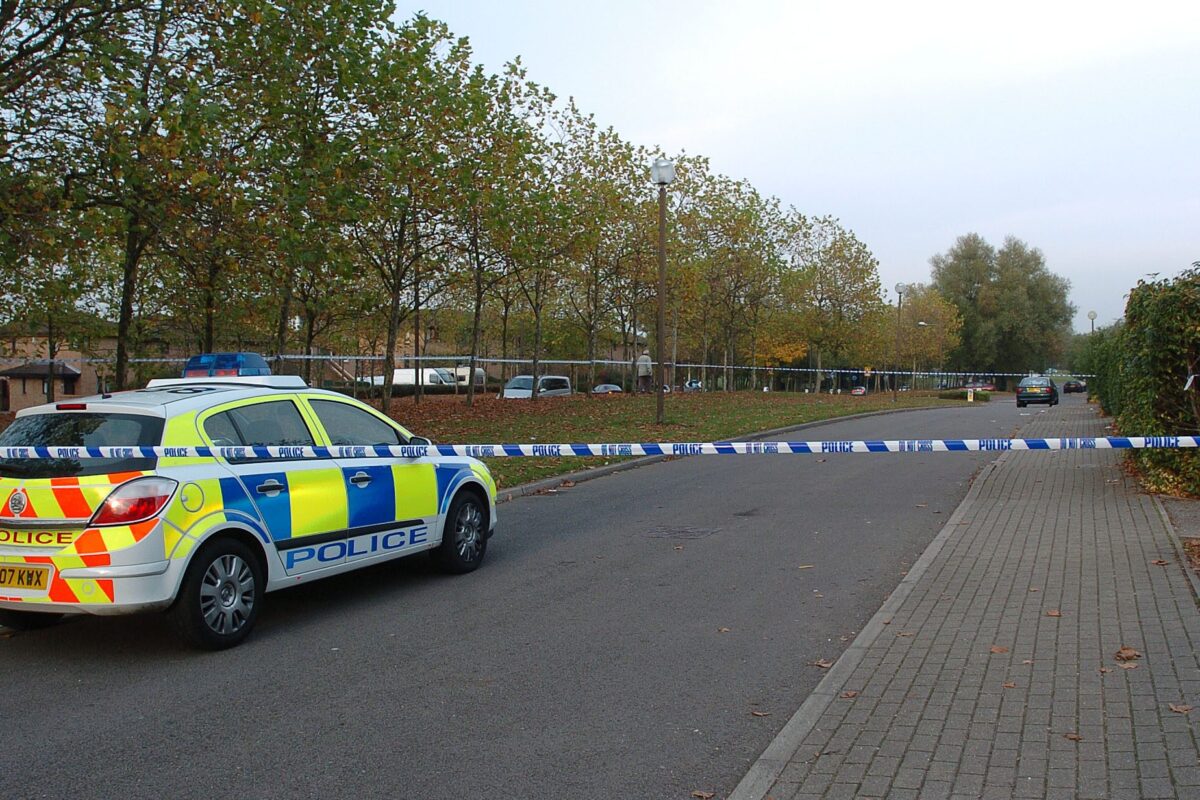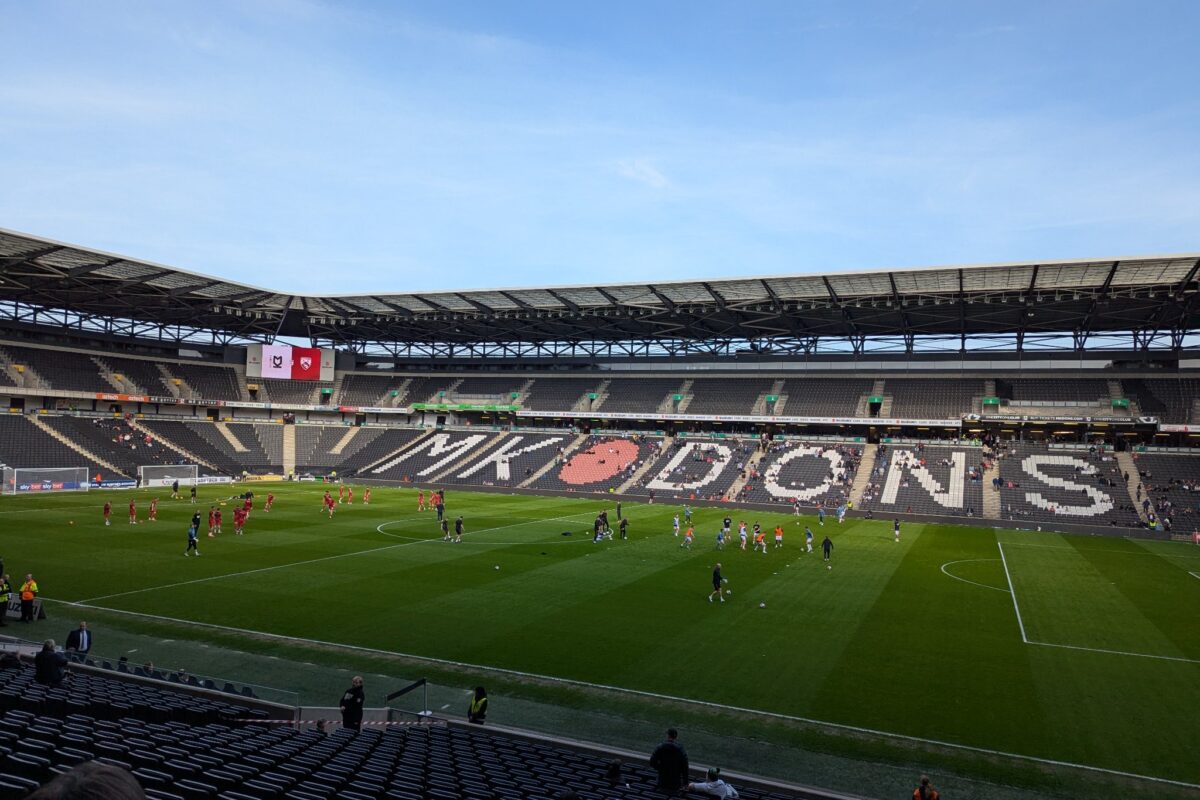

Milton Keynes City Council have announced a programme of 34 road resurfacing projects across the city will start next month.
The announcement is part of the City Council’s overall programme of road surface improvements this year.
Roads selected to be resurfaced were identified by engineers following a series of site inspections, and by analysing feedback from local people.
This has helped the City Council prioritise certain roads for specialist treatment to help prolong the life of the road surface and to reduce the chance of potholes appearing.
The roads included in this programme are:
Main Roads
- B5388 Yardley Road, Olney
- B565 Lavendon Road, Olney
- Filgrave Road (from A509 to Filgrave)
- H2 Millers Way (V5 to Briar Hill)
- Conniburrow Boulevard (V7 to V8)
- Oldbrook Boulevard (V6 to V7)
- Fishermead Boulevard (from V7 to Kellan Drive)
- Stoke Road, Bletchley
Knowlhill
- Davy Avenue
- Roebuck Way
- Kelvin Drive
Coffee Hall
- Johnathans
- Rochfords
- St Dunstans
- Garraways
- Daniels Welch
Netherfield
- Broadlands
- Farthing Grove
- Farmborough
- The Hide
- Beadlemead
- Langlands
Eaglestone
- Golden Drive
- Harrier Drive
Wolverton, Stacey Bushes & Greenleys
- Stacey Avenue
- Woodlands
- Victoria Street
- Southern Way
- Briar Hill
- Myrtle Bank
Residents directly affected in these areas will be written to confirm the expected date of resurfacing, at which point they may need to move any cars on the road. The City Council said they will also put advance notice boards out a few days before work starts.
Occasionally, work schedules need to change due to emergency repairs or poor weather, and anyone impacted is asked to check whether roadworks are still planned at One.Network
Resurfacing treatments being used will depend on the type and condition of the road, but the City Council stated that they will be either micro asphalt or surface dressing.
Micro asphalt is where a thin layer of asphalt emulsion and aggregate is applied to the existing road surface. Meanwhile, surface dressing involves spraying bitumen over the road surface and then spreading small stone chippings over the top.
Both methods are intended to help to protect the road, reducing the need for more extensive and costly repairs in the future. Road markings are reapplied afterwards once the surface has cured (set).
In addition, MK City Council stated that they may also do some pre-surfacing works to repair any larger defects before the surfacing begins.
The City Council’s resurfacing programme will run alongside repairs for reported potholes and other defects.
Cllr Jennifer Wilson-Marklew, Cabinet Member with responsibility for Highways and Transportation said, “By using a range of techniques we can extend the lifespan of our roads, reduce the need for frequent and disruptive repairs. This prevents potholes forming which is more sustainable and better for everyone.”
Drivers should take extra care when driving on a newly laid surface and follow any road sign instructions about speed limits and markings.


 Read more on CItiblog at
Read more on CItiblog at  MK City Council announce plans to invest in additional support for rough sleepers
MK City Council announce plans to invest in additional support for rough sleepers
 Police appeal after indecent exposure incident reported in Milton Keynes
Police appeal after indecent exposure incident reported in Milton Keynes
 Red Bull mark 400th Grand Prix with Verstappen victory in Emilia-Romagna Grand Prix
Red Bull mark 400th Grand Prix with Verstappen victory in Emilia-Romagna Grand Prix
 Reggae Land Festival in Milton Keynes announce more performers for 2025 edition
Reggae Land Festival in Milton Keynes announce more performers for 2025 edition
 Milton Keynes-born football star Ben Chilwell gets FA Cup medal as Crystal Palace stun Manchester City
Milton Keynes-born football star Ben Chilwell gets FA Cup medal as Crystal Palace stun Manchester City
 MK Dons confirm departures of Harness, Harrison & Tucker among others as retained list out
MK Dons confirm departures of Harness, Harrison & Tucker among others as retained list out
 Police appeal after attempted robbery at cash machine outside store in Milton Keynes
Police appeal after attempted robbery at cash machine outside store in Milton Keynes